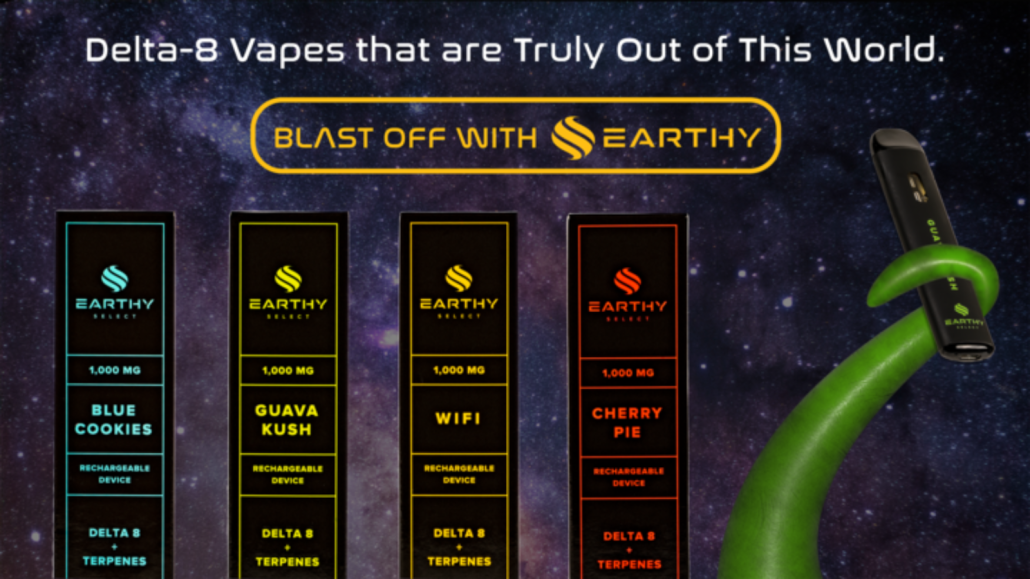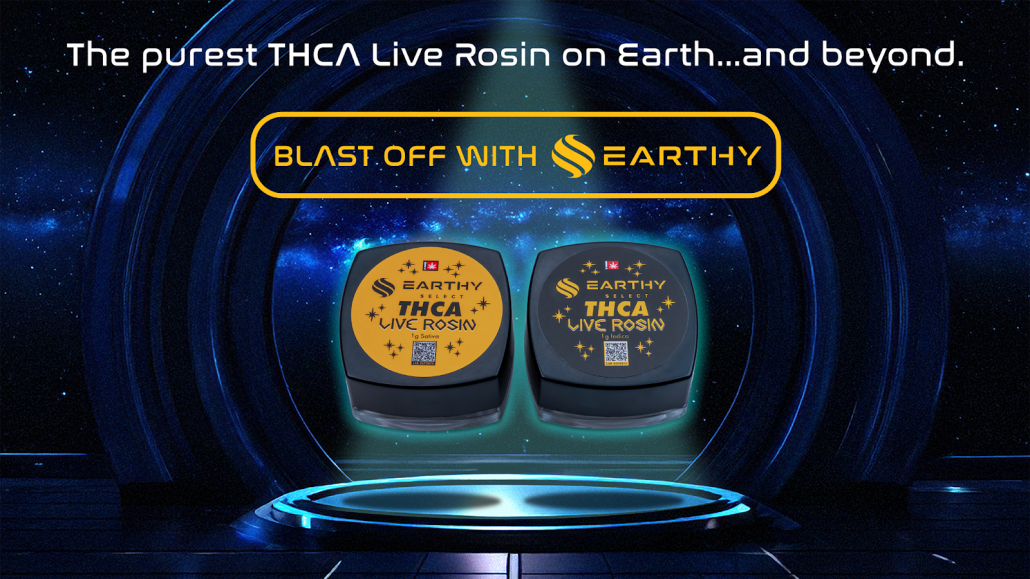Dabbing vs. Smoking: Which One Is Easier on Your Lungs?
Key Takeaways:
- Dabbing vs. Smoking: Dabbing involves vaporizing cannabis concentrates, offering a potentially cleaner option compared to the traditional combustion involved in smoking, which produces tar and carcinogens.
- Potency and Purity: Dabbing typically provides a more potent experience with higher THC concentrations, delivering purer cannabinoid profiles without burning plant material, aligning with wellness preferences.
- Long-term Respiratory Health: Considering long-term effects, dabbing may pose fewer respiratory risks than smoking due to vaporization, but both methods require careful consideration of product purity and usage.
Cannabis consumption keeps evolving, and so do the conversations around how it fits into everyday wellness. Dabbing concentrates are on the rise while smoking still holds its familiar rhythm. There’s the ritual of rolling up, the earthy aroma, and the social ease of lighting up with friends. These experiences carry a certain nostalgia for many users, even as new options emerge.
That’s why many are asking whether dabbing is healthier than smoking. This post will break down how each way of consuming cannabis affects your lungs, how the experience differs, and what science has to say about long-term effects. We’re here to lay out the facts so you can decide what works best for your body and your routine.
Dabbing vs. Smoking: The Fundamental Differences
When it comes to consuming cannabis, dabbing, and smoking offer distinct experiences, each with its own set of characteristics. At Earthy Select, we strive to ensure that you have easy access to innovative, high-quality cannabis options. Let’s dive into how dabbing and smoking stack up against each other and what that means for your lungs.
What is Smoking?
Smoking involves lighting cannabis flowers or concentrates in a joint, pipe, or bong. The heat from combustion turns the plant into smoke, which carries both cannabinoids and other byproducts into your lungs. While it’s a popular go-to for many, burning cannabis creates compounds like tar and carbon monoxide, both of which can irritate the respiratory system over time.
What is Dabbing?
Dabbing uses high heat to vaporize cannabis concentrates through vape pens, with no direct flame involved. Instead of burning the material, you inhale vapor from wax, shatter, or other extracts. Because there’s no combustion, dabbing produces fewer irritants like ash or smoke particles. Many users describe it as a cleaner, more potent inhale that delivers a strong effect without the harshness of smoke.
Why Some Prefer Dabbing
People mindful of lung sensitivity often explore dabbing for its potential to feel smoother on the inhale. Vaporized concentrates don’t carry the same level of charred particles or combustion byproducts found in smoke. However, dabs’ intensity means carefully dosing matters, especially for newer users.
Vaporization vs. Combustion: Which Is Gentler on Lungs?
How you inhale cannabis plays a significant role in how it affects your lungs. The contrast between vaporization and combustion helps explain why some users gravitate toward dabbing, especially when looking for smoother experiences or fewer long-term respiratory concerns.
Vaporization
Dabbing relies on vaporization, which heats cannabis concentrates to the point where cannabinoids and terpenes become vapor – but not smoke. Without combustion, you avoid harsh byproducts like tar, carbon monoxide, and benzene, which are typically released when plant matter burns.
Potential advantages to vaping over smoking may include better taste, fewer odors, more potent effects with smaller amounts, and perceived health benefits. However, some participants mentioned inconveniences such as setup time and cleaning, but the overall takeaway pointed toward a cleaner experience for the lungs.
That cleaner experience depends heavily on product quality. Poorly made vapes or improperly processed dabs can introduce heavy metals like lead, nickel, or cadmium, along with ultrafine particles that reach deep into the lungs. Choosing products that are third-party tested helps reduce exposure to these potential risks.
Combustion
Smoking involves the direct combustion of cannabis flowers or concentrates. Inhaling smoke introduces not only cannabinoids but also harmful substances like tar, ash, and irritants that can cause coughing or throat discomfort. Over time, regular smoking has been linked to lung irritation, chronic bronchitis, and reduced respiratory function.
Combustion can also degrade some of the beneficial compounds in cannabis. High heat may burn off terpenes and cannabinoids before they’re absorbed, altering the experience and dulling the intended effects. For people already managing respiratory sensitivity, these drawbacks often become more noticeable with frequent use.
THC Content and Potency Differences Between Dabbing and Smoking
Potency can vary widely depending on how cannabis is consumed. Dabbing and smoking each deliver cannabinoids in different ways, and the concentration of THC plays a big role in how quickly and intensely effects are felt. Here’s how both approaches compare when it comes to strength, purity, and experience.
How Potent Is Dabbing?
Dabbing uses concentrated cannabis extracts that typically contain high levels of THC – often between 50% and 90%. This concentrated form delivers fast, intense effects with just a tiny amount of product. Because the plant material is removed during extraction, the vapor usually contains a higher ratio of cannabinoids and terpenes without the added weight of combustion byproducts.
Since you’re not dealing with plant material, dabbing often feels cleaner and more focused. The vapor is all about potency and flavor – just cannabinoids and terpenes and little else for people who want a quick, efficient way to get where they’re going. Dabbing offers a more dialed-in experience.
How Potent Is Smoking?
Smoking cannabis flower usually delivers THC levels between 10% and 30%, depending on the strain. While this is significantly lower than what you get from dabbing, it still offers a reliable and familiar experience for long-term users. The effects come on a bit more gradually and often include the full-bodied sensation from inhaling whole-plant material.
Even though the potency is lower than dabs, the experience can feel more rounded. But since smoking involves combustion, you’re also inhaling smoke and byproducts along with the cannabinoids. Many wellness-conscious users keep that in mind when deciding how they want to consume.
Alternative Consumption Methods for Better Lung Health
Not all cannabis experiences rely on smoke. For people exploring gentler approaches, there are several ways to enjoy cannabinoids without involving combustion. These methods avoid the high heat that releases tar, ash, and other lung irritants, offering smoother alternatives for those who prefer to steer clear of traditional smoking.
Vaporizers: A Gentler Inhale
Vaporizers heat cannabis at controlled temperatures to create vapor, not smoke. This can reduce exposure to harsh compounds that form when plant matter burns. Many users turn to vaping for its cleaner inhale and reliable effects. Earthy Select’s vape pens are designed for consistency and potency, offering concentrated cannabinoids in a format that’s easy on the lungs.
Edibles: THC Without Inhalation
Edibles deliver cannabinoids through digestion instead of inhalation. Once consumed, THC is processed by the liver, creating effects that tend to build gradually and last longer. Earthy Select’s gummies offer a discreet and flavorful way to consume THC while avoiding any impact on the respiratory system.
Tinctures: Sublingual and Customizable
Tinctures are liquid cannabis extracts absorbed under the tongue. This route allows for fast-acting effects without involving the lungs and makes dialing your preferred dose easy. Earthy Select’s tinctures are crafted with potency and precision, giving you another option for smoke-free use.
Topicals: A Targeted Approach
Topicals are applied directly to the skin, making them useful for localized effects. These products don’t involve inhalation and are often chosen by people looking for external cannabis applications. While Earthy Select focuses on inhalable and ingestible formats, topicals remain a widely used option in cannabis routines.
Final Thoughts
Choosing how you consume cannabis can shape your entire experience. Dabbing and smoking each offer something different, but when it comes to what you’re breathing in, dabbing often appeals to those looking for a cleaner, more refined inhale. If you’re exploring options that align with your preferences and wellness goals, now’s a great time to try something new.
Read More:
Frequently Asked Questions: Dabbing vs. Smoking and Lung Health
What is the impact of high-temperature dabbing on lung health?
High-temperature dabbing can lead to inhaling irritants that may impact lung health negatively. When cannabis is heated above its optimal vaporization point, it can release harmful toxins and carcinogens similar to those found in smoke.
Can dabbing be less harmful than smoking if done at low temperatures?
Dabbing at low temperatures can be less harmful to the lungs than smoking because it reduces the risk of inhaling combustion-related toxins. Low-temp dabbing can preserve the beneficial cannabinoids and terpenes without the harmful byproducts.
What are the risks of inhaling butane from butane hash oil (BHO) dabs?
Inhaling butane from poorly purged BHO dabs can pose health risks. Butane is a volatile solvent that can leave residual traces in improperly processed concentrates, potentially irritating the respiratory system. At Earthy Select, we pride ourselves on not using Butane as a solvent in our concentrate products.
Does water filtration in dab rigs affect lung health compared to smoking?
Water filtration in dab rigs can cool and filter the vapor, potentially reducing its harshness on the lungs compared to traditional smoking. However, it does not eliminate all toxins or substances that could impact lung health.
How do the effects of secondhand smoke compare between dabbing and traditional smoking?
Dabbing typically produces vapor rather than smoke, which may result in reduced secondhand exposure compared to traditional smoking. However, the concentration of substances depends on the method and product quality.
Can dabbing lead to the same respiratory problems as smoking, such as chronic bronchitis?
While dabbing can be less harsh on the lungs than smoking, frequent use can still lead to respiratory issues if the vapor is too hot or if there’s exposure to irritating substances. It’s crucial to use clean, tested products.
How does the dosage of THC consumed through dabbing vs. smoking compare?
Dabbing delivers a concentrated dose of THC, making it significantly more potent than traditional smoking. Users typically achieve a more vigorous and quicker high, which raises the importance of dosing responsibility.
Can using a dab rig with an electronic nail (e-nail) be safer for the lungs?
An electronic nail (e-nail) allows more precise temperature control, enhancing vaporization without reaching temperatures that produce harmful byproducts, potentially making it safer for the lungs.
How do the chemicals inhaled from dabbing compare to those from smoking?
Dabbing generally involves fewer combustion byproducts than smoking, potentially resulting in fewer harmful chemicals inhaled. Nonetheless, safety hinges on using high-quality products that are properly processed and tested.
Sources:
- Malouff, J. M., Rooke, S. E., & Copeland, J. (2014). Experiences of marijuana-vaporizer users. Substance Abuse, 35(2), 127–128. https://doi.org/10.1080/08897077.2013.823902
- Zamnesia. (n.d.). Dabbing vs vaping: Health, efficiency, price and portability. Retrieved March 26, 2025, from https://www.zamnesia.com/us/blog-dabbing-vs-vaping-health-efficiency-price-and-portability-n1466
- Cleveland Clinic. (n.d.). Marijuana (cannabis). Retrieved March 26, 2025, from https://my.clevelandclinic.org/health/articles/4392-marijuana-cannabis
- Cleveland Clinic. (n.d.). Vaping: What you need to know. Retrieved March 26, 2025, from https://my.clevelandclinic.org/health/treatments/21162-vaping




